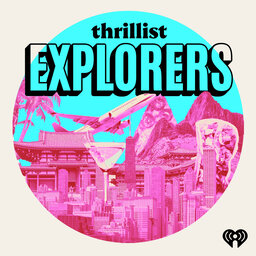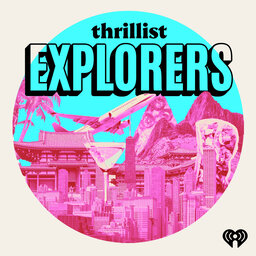Uncovering Hidden Wonders in New Jersey With Atlas Obscura's Founders
Host Wil Fulton drives around his home state of New Jersey with Atlas Obscura co-founder Joshua Foer, to test out their new app (download it here!), and discover a handful of offbeat, inspiring, and illuminating destinations around the Garden State. We also hear from Dylan Thuras (the other co-founder, naturally) on his own personal travel ethos, and how Atlas Obscura manages to show travelers points of wonder all over the world, near and far.
Featuring: White Manna Diner, Thomas Edison's Concrete Homes, the Sterling Hill Mining Museum, The Morris Museum, Deserted Village of Feltville
Learn more about your ad-choices at https://www.iheartpodcastnetwork.com
 Thrillist Explorers
Thrillist Explorers


